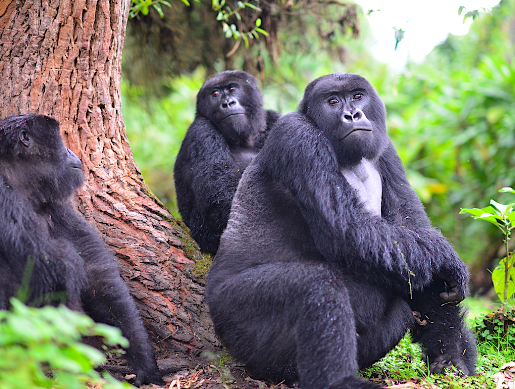Gorilla Conservation Success Stories
Gorillas, often regarded as one of our closest relatives in the animal kingdom, have faced immense threats over the past few decades. Their populations have dwindled due to habitat destruction, poaching, and disease. However, there are remarkable success stories in gorilla conservation that inspire hope and demonstrate the power of collective efforts to protect these magnificent creatures.
Innovative Conservation Strategies
Innovative strategies have proven essential in the battle to save gorillas. One noteworthy example is the use of community-based conservation initiatives. Local communities are integrated into conservation efforts, emphasizing the importance of protecting gorillas for both ecological balance and community livelihood. By involving locals, conservation groups have seen enhanced cooperation and commitment to protecting the gorillas’ natural habitats. This approach not only fosters a sense of ownership among communities but also provides alternative income sources, such as eco-tourism, ensuring that conservation benefits everyone involved.
Technology and Research Advancements
Technological advancements have played a crucial role in monitoring and protecting gorilla populations. For instance, the use of drones allows conservationists to survey vast areas of wilderness with minimal disruption to the wildlife. These aerial perspectives provide valuable data on gorilla movements, habitat changes, and threats. Additionally, the incorporation of GPS collars and camera traps has significantly improved tracking and research efforts. This data not only aids in more effective conservation strategies but also helps raise awareness by providing compelling stories of individual gorillas, promoting empathy and concern among the public.
Community Engagement and Education
Engaging local communities in conservation efforts has resulted in significant successes. Educational programs focused on the ecological importance of gorillas and their habitats encourage sustainable practices among community members. One striking example is the conservation programs in Uganda, where local guides and park rangers work together to protect gorilla habitats. These initiatives ensure that the communities understand the long-term benefits of a thriving gorilla population, leading to greater support for conservation measures. Moreover, the employment of local individuals in tourism and conservation roles not only uplifts the community economically but also fosters a deep-seated respect for wildlife and the environment.
In Conclusion
The stories of successful gorilla conservation highlight the resilience of both the species and the people working tirelessly to protect them. By embracing innovative strategies, utilizing technology, and engaging communities, we can create a brighter future for gorillas. If you’re inspired by these success stories, consider supporting conservation efforts or learning more about how you can make a difference in protecting these incredible creatures and their habitats. Every action counts in ensuring that gorillas continue to thrive in the wild for generations to come.

